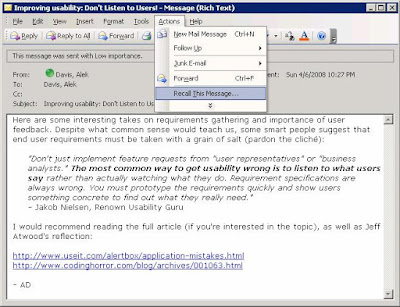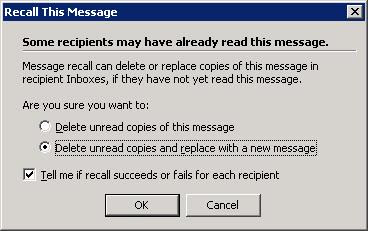FM transmitters or cassette adapters?
Summary: Pros and cons of using FM transmitters and cassette adapters for listening to digital music in a car.
I do not get auto manufacturers. At the time when Ford is promoting SYNC (voice-activated audio) and BMW is pushing iDrive (entertainment system, which is so high tech that few drivers manage to master it), it is hard to find a popular model (Toyota, Honda, etc) which comes with a USB or AUX line-in port. If you want to listen to digital music on the go, you'll either need to buy an expensive upgrade, install an after-market audio system, or use an add-on, such as FM transmitter or cassette adapter.
I did not want to mess with my factory-installed stereo, and being too cheap to buy an overpriced upgrade, I tried my luck with FM transmitters. First, I wooted a couple of AudioBugs ATB-350 made by Aerielle (they seem identical to certain Phillips, Kensington, and iRiver models). I also bought another cheap model from, I think, Meritline (unlike AudioBug, which could be set on any FM frequency within the common range, this model supported just a handful of preset frequencies). I have been using an AudioBug FM transmitter for about six months until it suddenly died. Having had other problems with AudioBug before (one of the transmitters I bought was defective, so I had to send it to the manufacturer for a replacement), I decided not to push my luck and bought a cassette adapter (actually, I tried a couple of different models). Here is how I would compare these devices.
FM transmitter has a better form factor: when plugged into a cigarette lighter, it is more pleasing to the eyes (the wires of a cassette adapter hanging from the car stereo look gross). In all other respects, FM transmitters mostly disappoint.

First, in urban areas, it is hard to find an FM frequency not taken by a radio station. Even in a such semi-rural location as Sacramento, CA, I could not find a single available frequency. The one I ended up using was free most of the time, but not always (when it was not free, the station signal was weak enough to be overtaken by the signal from my FM transmitter). A word of caution: if you decide to buy an FM transmitter, never get one with a limited number of presets. The other one I had was totally useless because none of its built-in frequencies worked in my area.
After finding an available frequency, synchronizing your transmitter with the car radio becomes a challenge. First, the LCD of a typical FM transmitter is really tiny and, when the transmitter is plugged into the cigarette lighter, it is not clearly visible from a normal driving position. Switching the active frequency when driving is only possible from the back seat of the car and requires either an outside help or Mr. Bean's driving skills. With cassette adapters, this is not an issue.
Once you synchronize the frequency between the FM transmitter and radio, you will find out that the audio signal is rather weak. To get to a decent level, you must either raise the volume of the car's stereo or the volume of your digital music player (raising the volume of the music player beyond certain threshold, about 70-80% of the max, will cause sound clipping). Cassette adapters normally provide a stronger signal; in my non-scientific experience, it is about 20% stronger.
An FM transmitter may look nice in a cigarette lighter, but when plugged in, it will not let you charge the audio player unless you use a splitter (finding a splitter that works is a challenge; none of the cheap ones I tried worked). When using a cassette adapter, you can always charge your device (I find this very handy).

The only negative aspect of cassette adapters (other than aesthetics) is a clicking noise made, I assume, by the tape rolling mechanism. The noise made by the first unit I bought was so pronounced that I had to return it. The second model was quieter, but still I can hear the noise at low volumes; it does not bother me much, though. I'm not sure if more expensive cassette adapters (my model is very cheap) have this problem.
The bottom line: for listening to digital music in a car, get yourself a cassette adapter; just do not get the cheapest model and if not satisfied, exchange it for a different one. If you cannot use a cassette adapter (say, your car stereo does not have a cassette player), get an FM transmitter which allows you to tune to any FM frequency (not just to a limited set of frequencies).
Additional references:
How to Listen to Digital Music in Your Car


